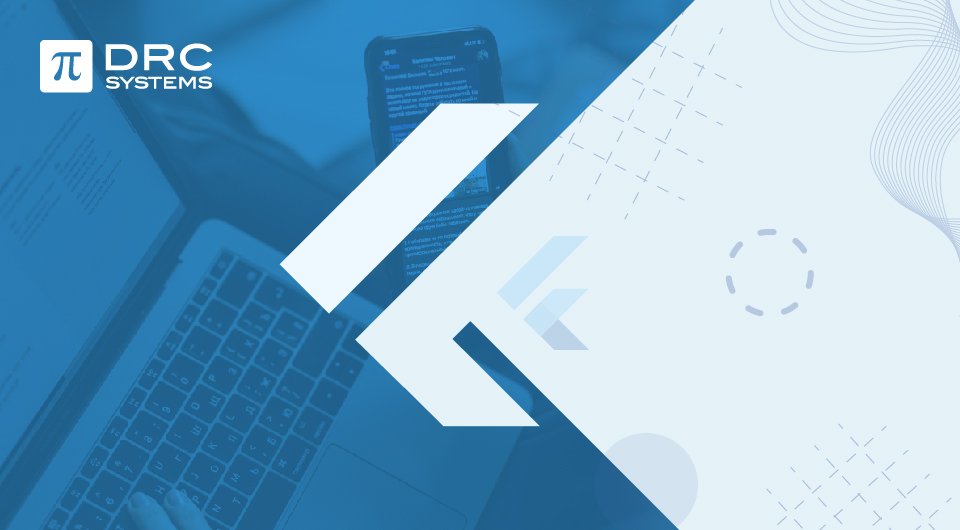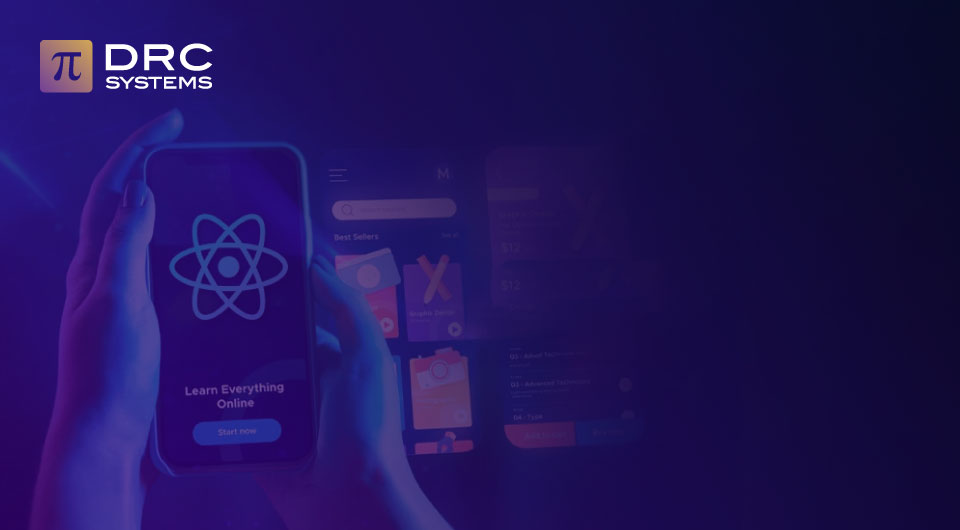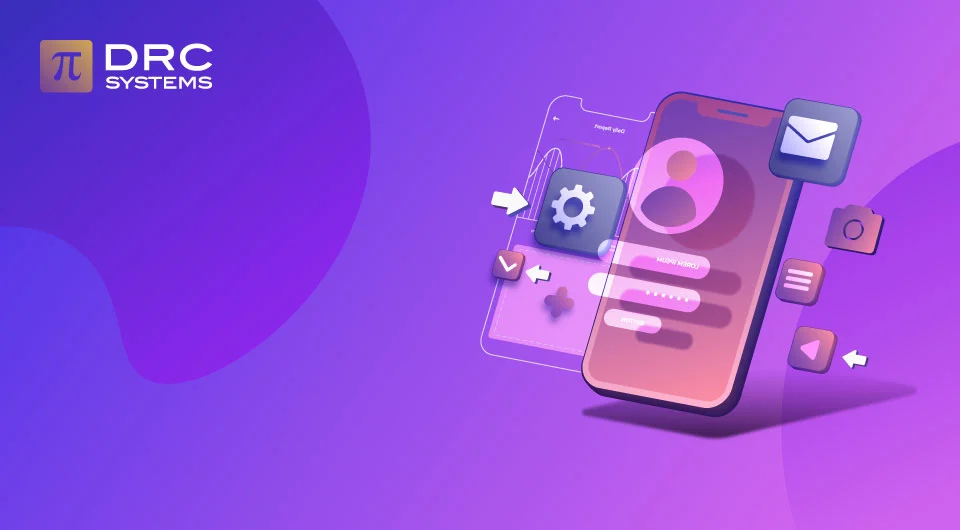Related Articles
The Importance of User Experience in Mobile App Development
In this blog, we’ll discuss the significance of UX in mobile app development. Read on for surprising insights into UX design.
Read The Post5 Popular Test Automation Tools for React Native Apps
React Native is one of the most dynamic and developer-friendly cross-platform app development frameworks, introduced by Meta (formerly Facebook),it enables…
Read The PostWhy Choose the Flutter Framework for Enterprise App Development?
Flutter, developed by Google, is a highly preferred cross-platform framework offering a powerful UI toolkit for enterprises.
Read The Post


